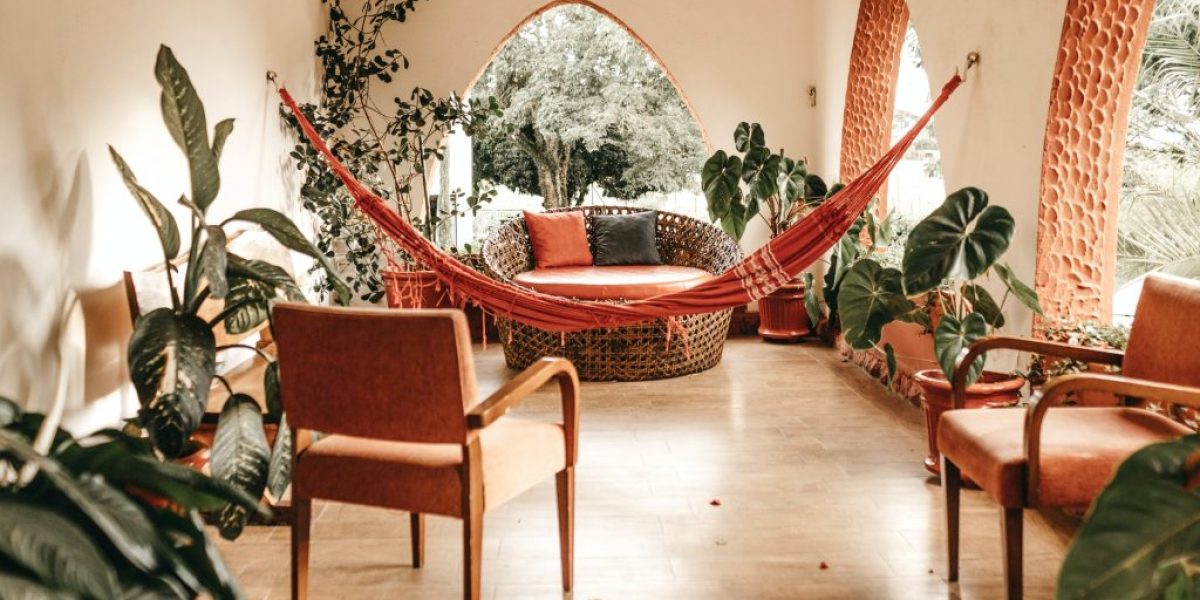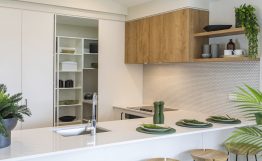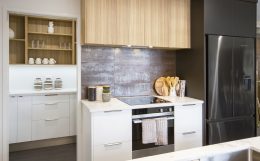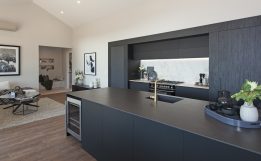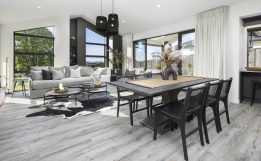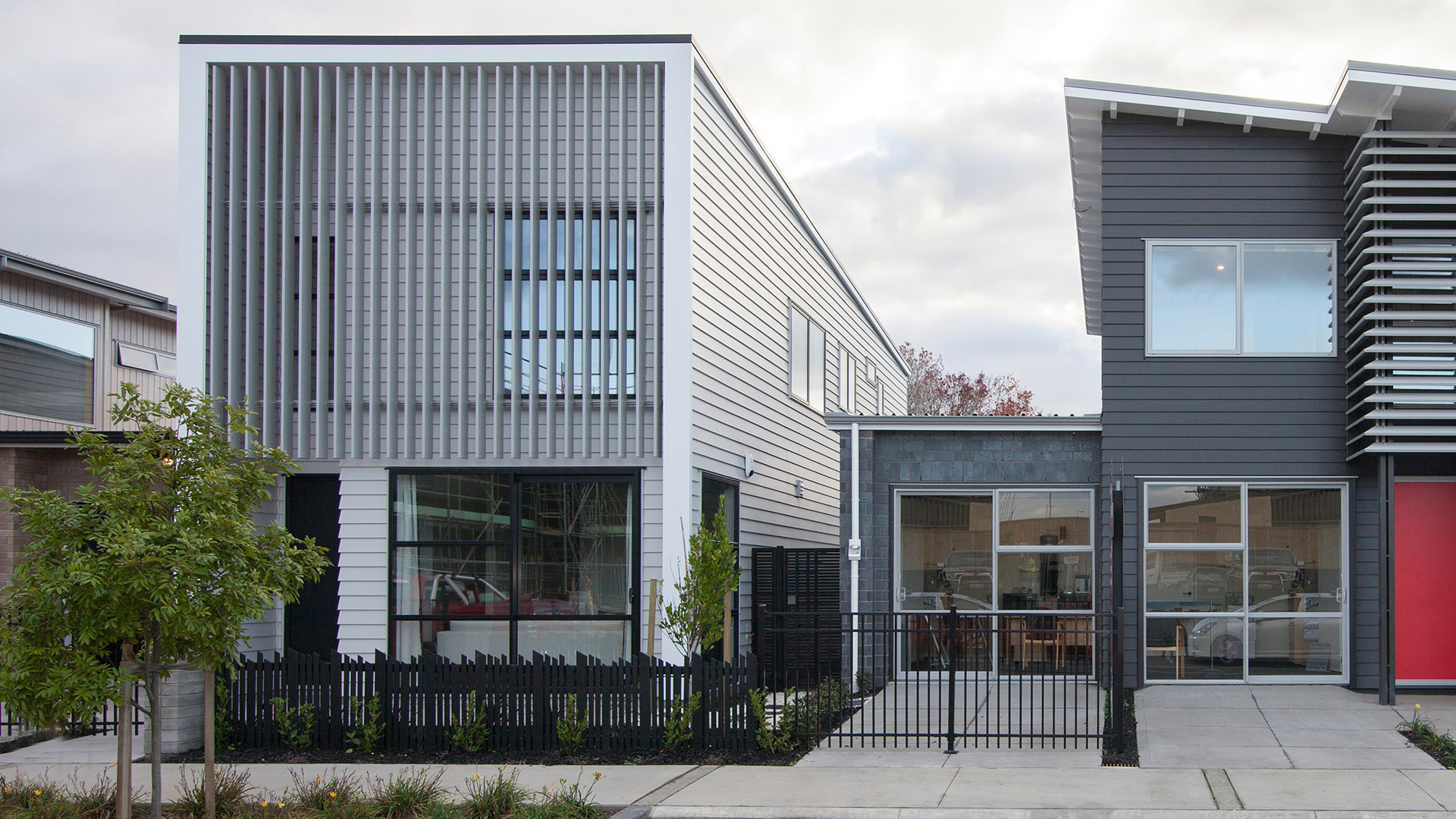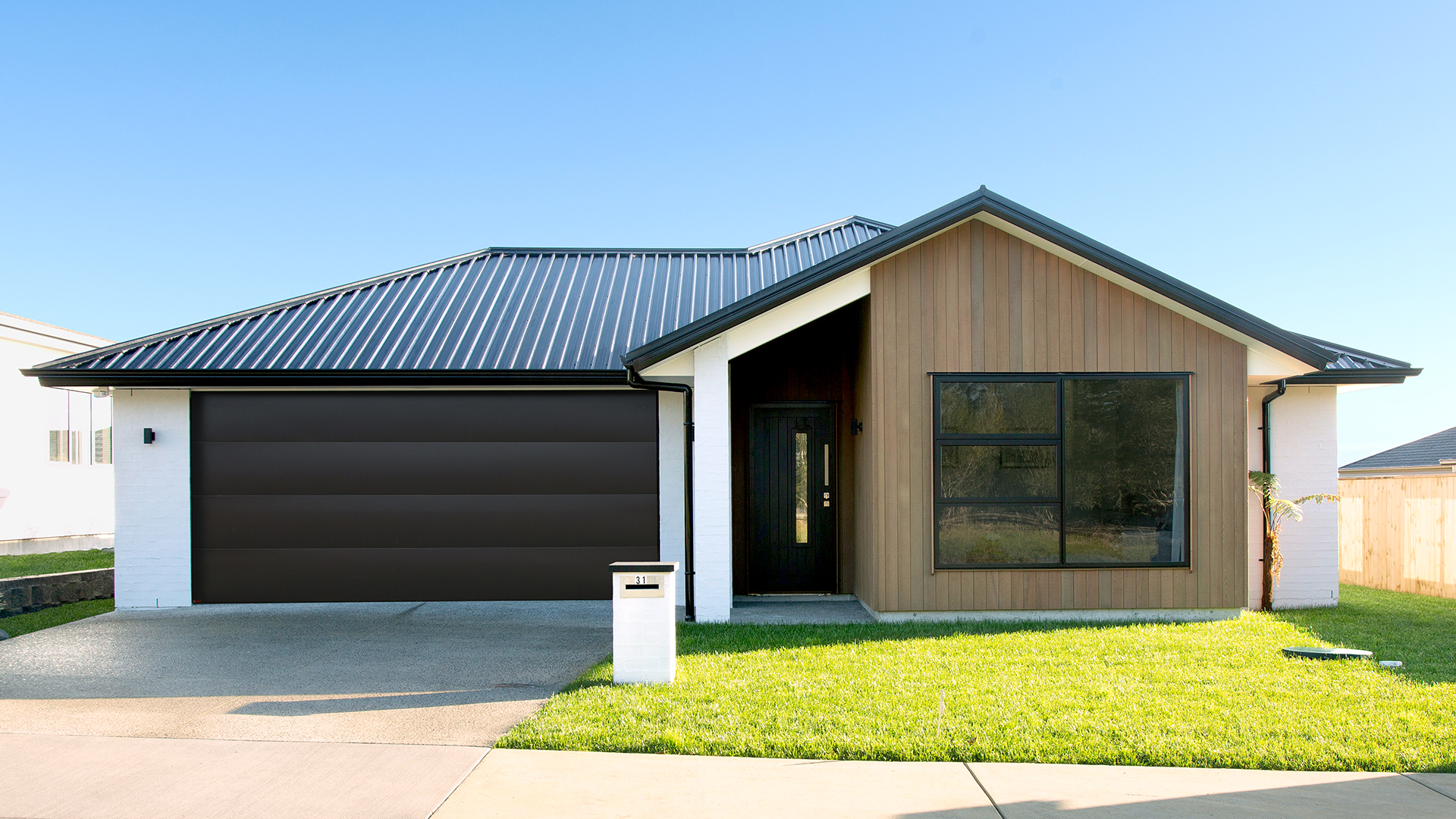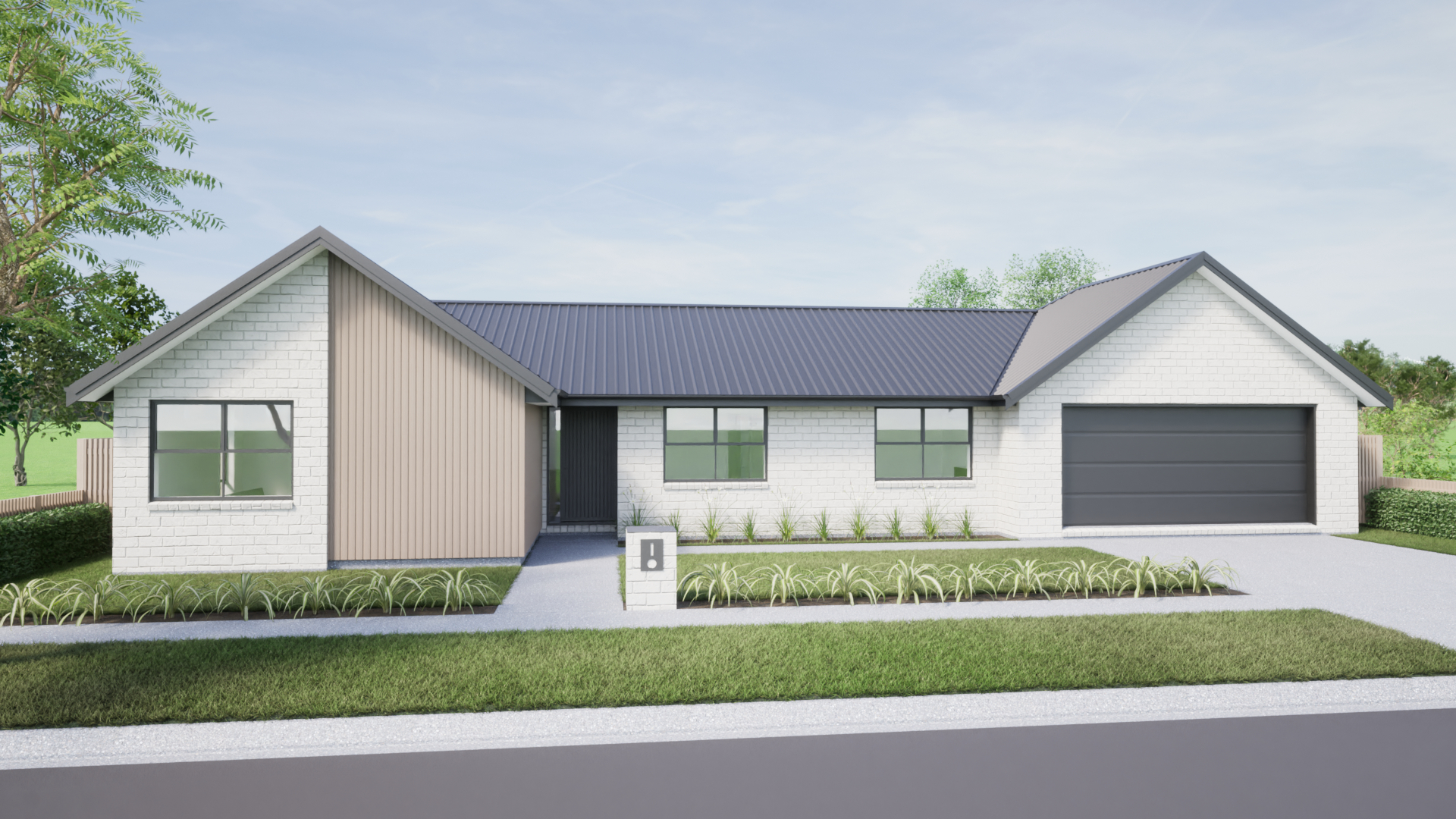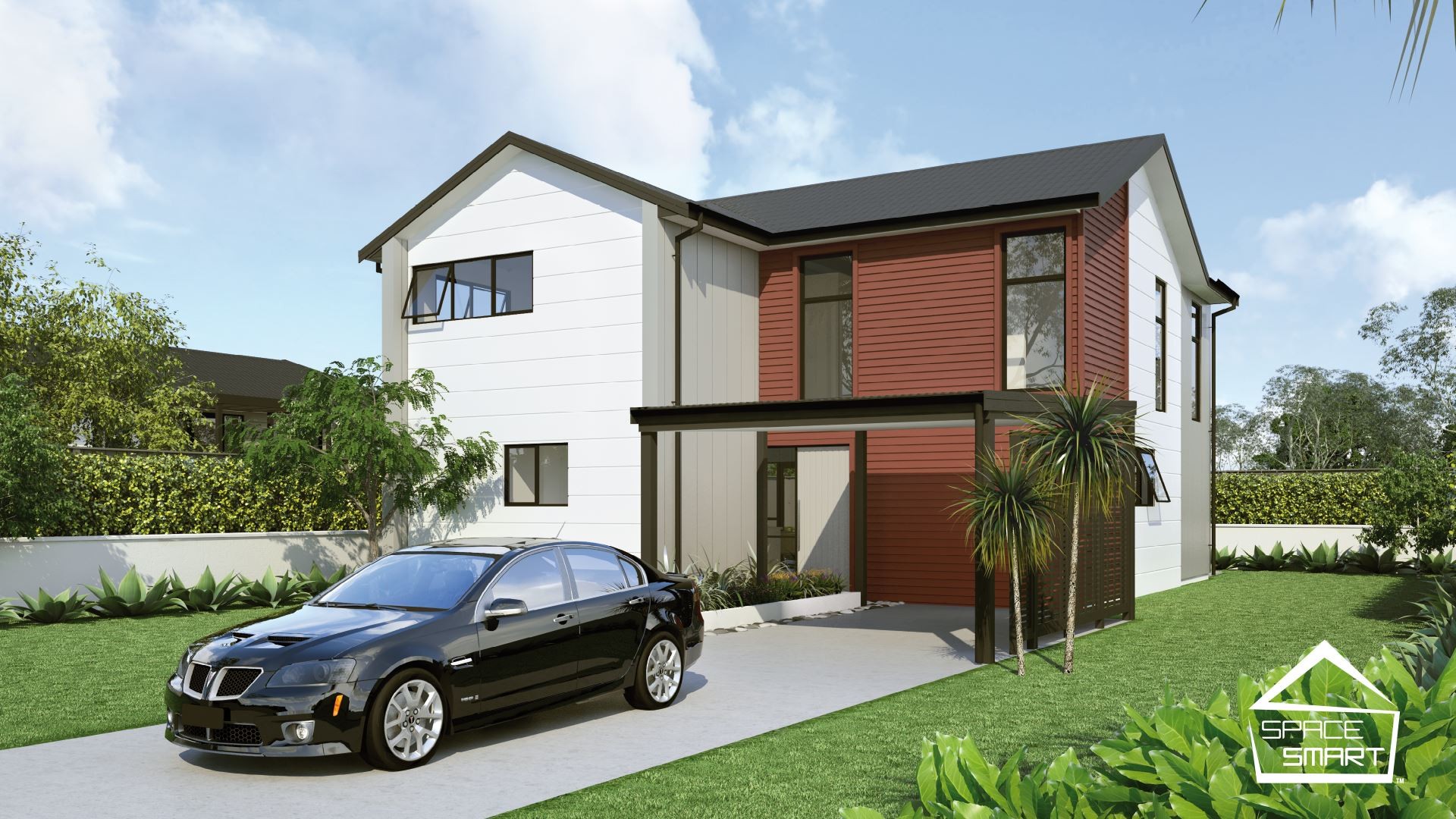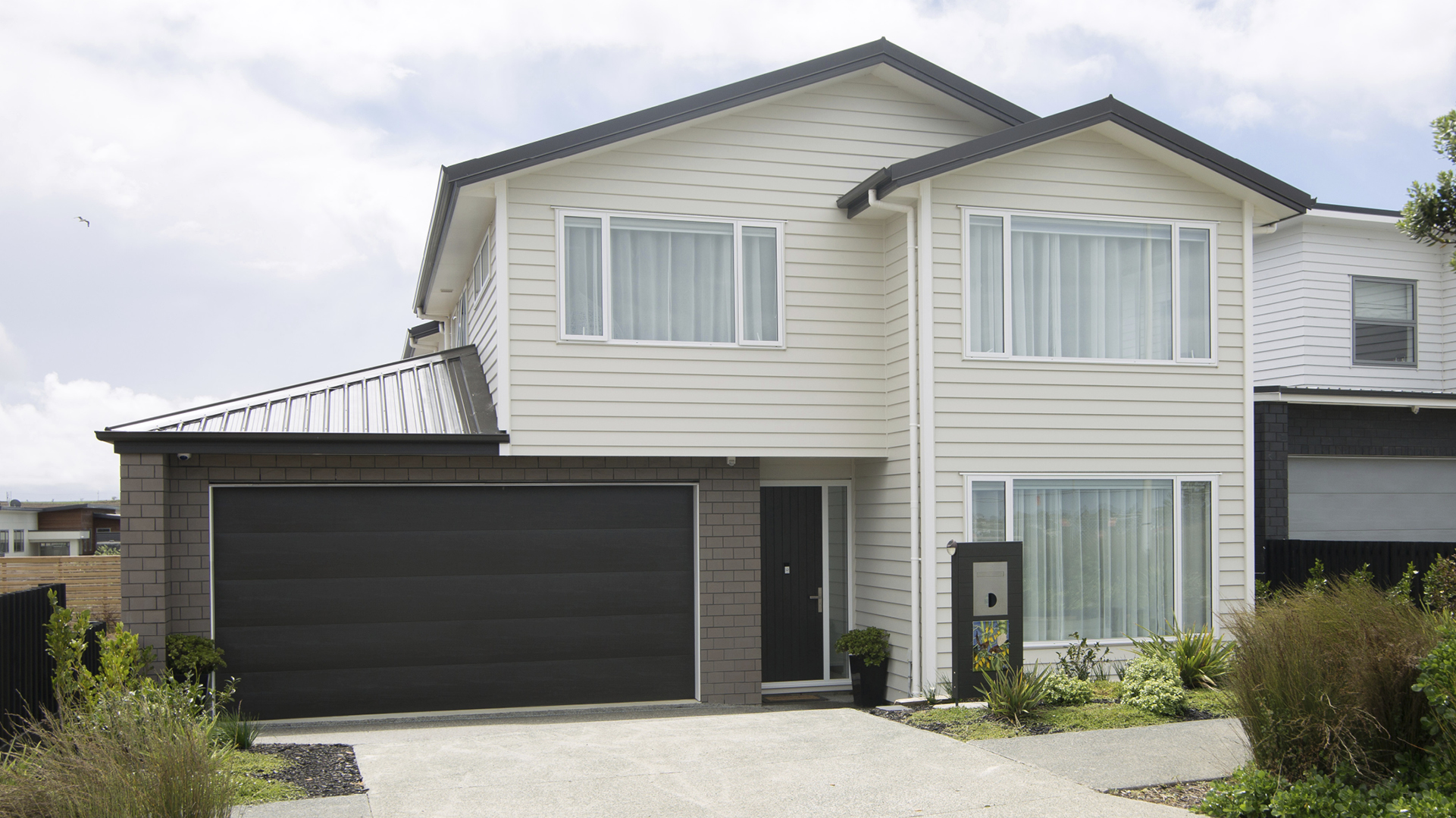The Psychology of Interior Design
Interior design plays a pivotal role not only in defining the aesthetics of a space but also in how it influences our mood and behaviour, in recognising the importance of such factors as colour, light, solid versus void, proportion, placement and layout alongside intangible considerations including energy alignment, natural rhythms, intuition, personality and mood. Take the ancient Chinese practice of Feng Shui, which has endured for thousands of years, the discipline even going so far as to influence the architectural development of megacities. Superstition aside, there is undoubtedly immense practical value in designing and decorating the spaces we inhabit with intention, and in ways that reinforce our synergy with colours, texture, natural patterns and rhythms, which are critical to helping to minimise daily stressors. On this point, it also pays to consider that unlike our cave-dwelling ancestors whose fight or flight experience most likely consisted of short, discrete bursts of stress, our modern-day mode of existence is more like a constant thread of low-level stress that wreaks havoc on our immune defenses over the longer term.
Colour
The use of colour in a space plays a prominent role with regards to it being conducive to positive mood, cognitive functions, creativity, and productivity. On one end of the spectrum, bold and ostentatious colours such as red and vibrant orange inject energy, excitement, vigour and flair into a space, while shades such as green and purple have the ability to have a calming effect on the senses. The regality of purple also exudes elegance and luxury, lending itself to inspiring creativity. Yellow is also known to bring out happy and excited feelings while blue is often associated with sad and calm feelings. Green, in being associated with nature, is linked with freshness, tranquillity and balance, and helps to relax the senses, fostering connection. It is also a suitable colour for a home office, in being good for promoting concentration. Warm, earthy tones such as reds, yellows, browns and beiges are also meant to stimulate conversation and connection, making them the perfect choice for dining or living areas. Light, soothing colours such as sage green or dusky blue also encourage a sense of calm and relaxation, and work well as accent colours. Cool shades including blues, greens and lavenders are similarly calming, making them the perfect option for bedrooms and places of relaxation and refuge.
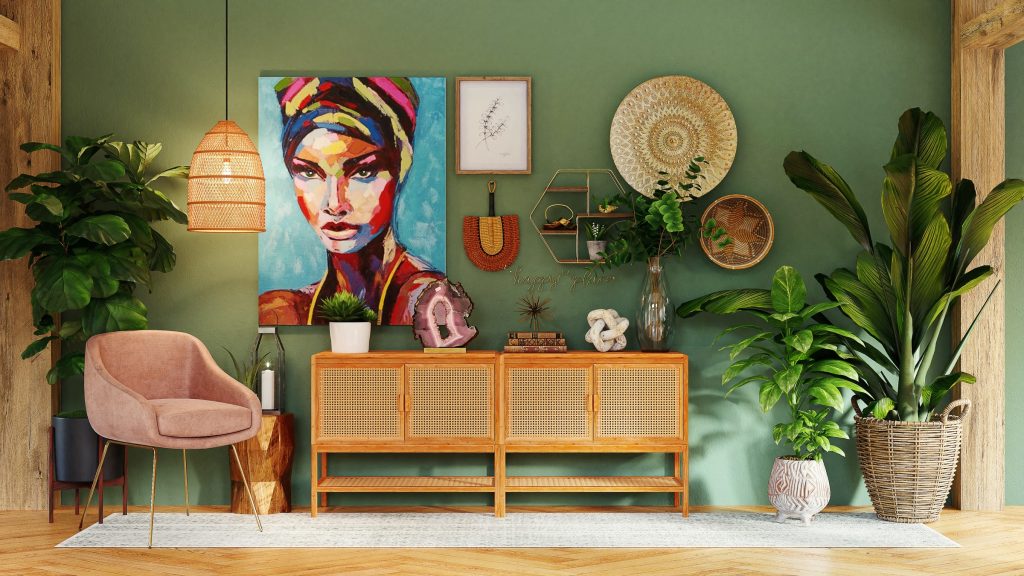
Light
The presence of natural light in a space also plays a powerful role in boosting mood. You just need to think about how you feel on a sunny day versus a listless cloudy one. It follows then to let in as much natural light as possible into a space, considering size and placement when incorporating windows and skylights in a new build or renovation. When it comes to supplementing with artificial lighting, soft lighting as opposed to harsh fluorescent lighting is great for helping to encourage feelings of comfort and coziness, and an overall positive ambiance in the absence of windows. Ultimately, there are three considerations when it comes to employing light to have a positive effect on the psyche – brightness – the amount of light given off; hue – the light’s colour or shade; and saturation – how intense the colour is. Bright light tends to heighten emotion for better or worse, while dim lighting tends to have a calming, stabilising effect. Studies, for example, have shown participants tending to desire spicier food, the brighter the light was, as well as finding others more attractive. Yellow light is great for helping with relaxation, while blue light encourages concentration and focus. Studies, offices and exercise areas therefore do well with cooler lighting, while bedrooms, living areas and other spaces used for relaxing benefit from lower lighting in warmer colours, which help to encourage calm and tranquility. Lighting can also be layered in multipurpose spaces to suit the activity and inhabitant.
Texture
One other perhaps more unassuming facet of interior design, which can have an equally big impact on how we feel in our environment is texture. Think a thick, soft plush rug versus cold, hard, slick tile flooring. Hard, smooth, shiny textures are not only cold to the touch but also look cold to the eye. Studies have actually revealed that people who are in a negative frame of mind are drawn to the comforting, tactile qualities of an object rather than its aesthetics, as well as the sensation of feeling physically warm tempering feelings of loneliness.
Layout
While the colour of walls, fittings and fixtures in a space, along with lighting and texture play a significant role in how we feel and behave in a space, there is also psychology in the way elements within a space are arranged. Think of the confines of the traditional cookie-cutter office design with repetition of many of the same elements such as clusters of cubicles, compared with a large open plan format filled with a mix of thoughtful design plays a pivotal role not only in defining the aesthetics of a space but also in how it influences our mood and behaviour work stations for individuals contrasting with larger conference hubs to promote collaboration. Elements – ideally flexible and adaptable – should organise the flow of a space, promoting social connectedness as well as ease of movement, creating hierarchies of space as well as places for pause and permanence.
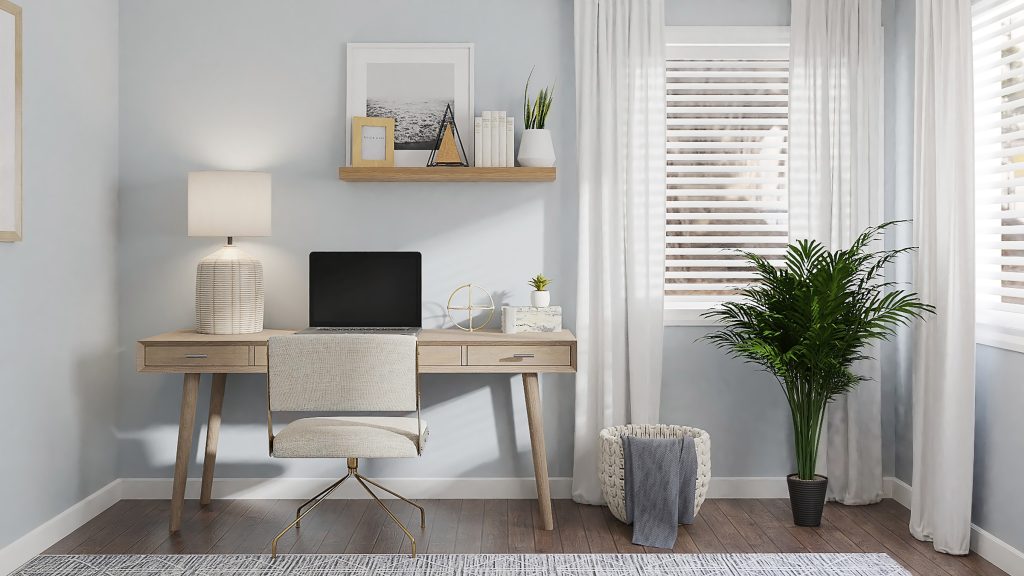
Ceilings
The size and height of a space are also factors to consider. Basically, the lower the height of a ceiling, the more personal space we need from others; though the lower the ceiling, the more intimate a space feels, whereas the higher the ceiling, the more formality it evokes. Ceiling height is also supposed to affect our thought processes. Studies have shown that the higher the ceiling and more open a space, the more creativity and free-thinking it encourages. Rooms with lower ceilings are said to make occupants more detail-oriented while those in larger rooms might tend to err on overlooking details. Studies have also shown that we perceive light-coloured ceilings as higher – a useful design tip for making a small room feel bigger than it actually is.
Biophilic Design
There is also benefit to be had in drawing on the forms, patterns and principles that persist in nature. Biophilic design states that a space should be endowed with a range of soothing sensory experiences that remain dynamic, such as changing during the course of the day or from season to season. It promotes the introduction of gentle, rhythmic motions to animate a space such as a fish tank or the presence of a gentle breeze, as well as positive experiences that are ephemeral and unexpected that focus our attention, such as a kinetic sculpture moving in said breeze. Another example is the use of a circadian lighting system that channels optimum light exposure depending on the time of day and olfactory input such as the introduction of mood-enhancing aromas. This approach also seeks to harness our innate desire to be able to see beyond our immediate surroundings and utilises spatial hierarchy similar to those encountered in nature as an important consideration including places for refuge to withdraw from the main flow of activity.
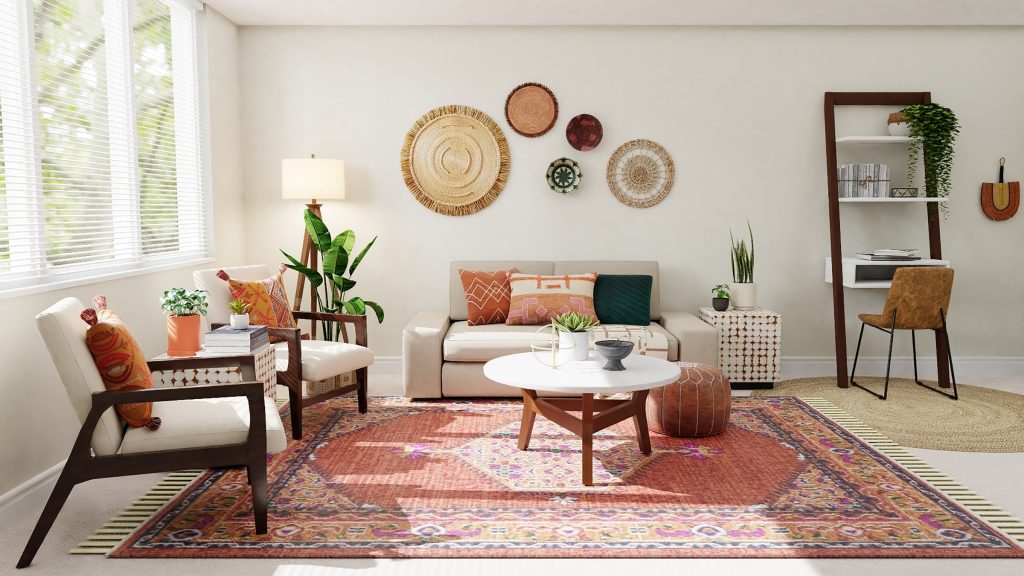
Our surroundings have the ability in terms of the arrangement of colour, light, texture, movement, sound and smell to impact powerfully on our psyche. While these facets might feed into our subconscious, the power of these elements combined to shape and promote our mood, our cognitive functions, creativity and productivity, and perhaps most importantly, feelings of serenity, reflection and calm, is undeniable.
